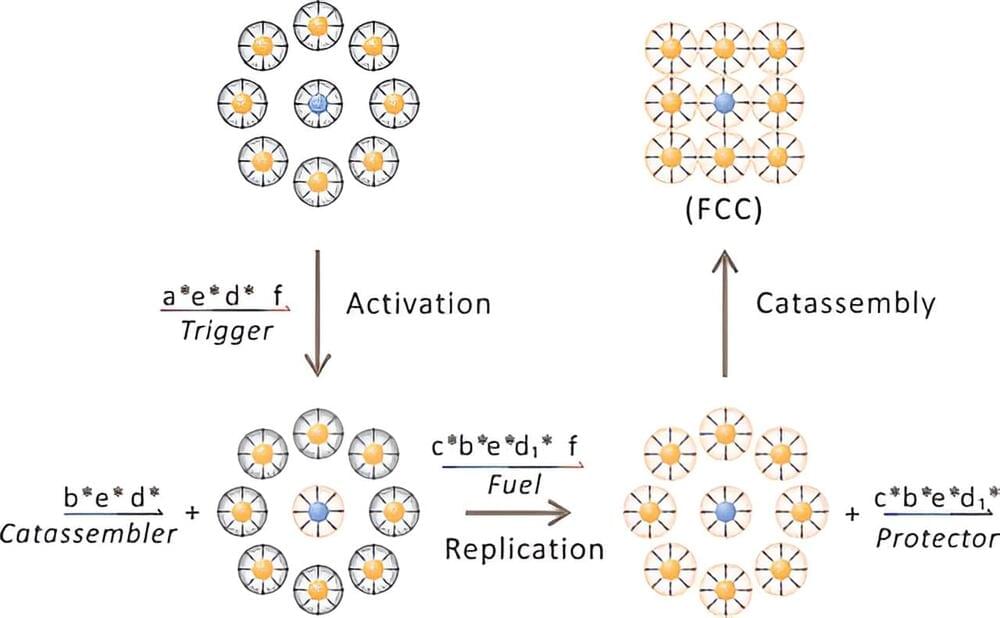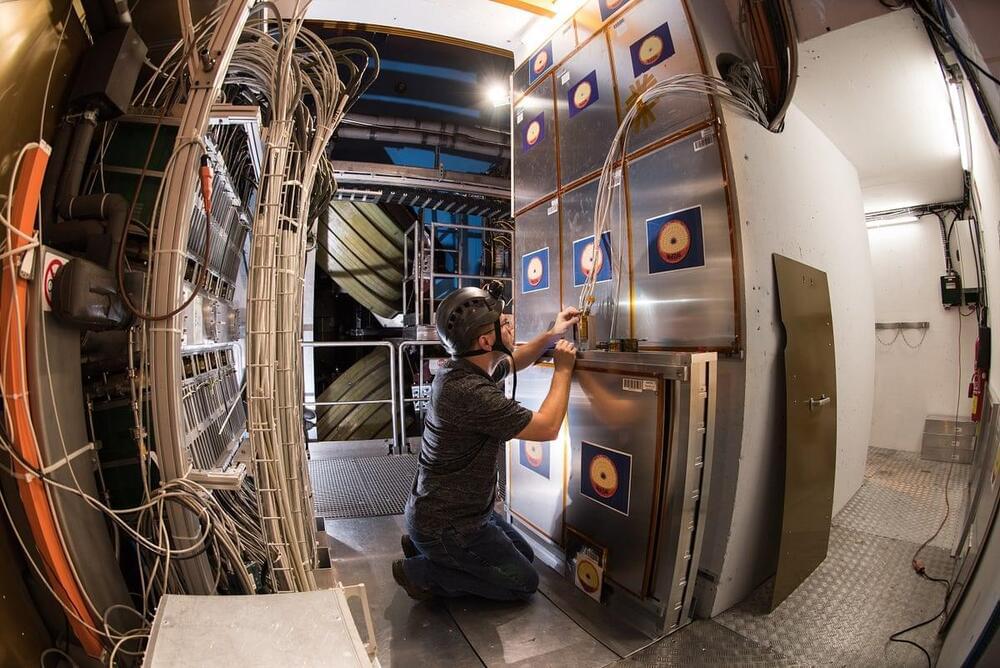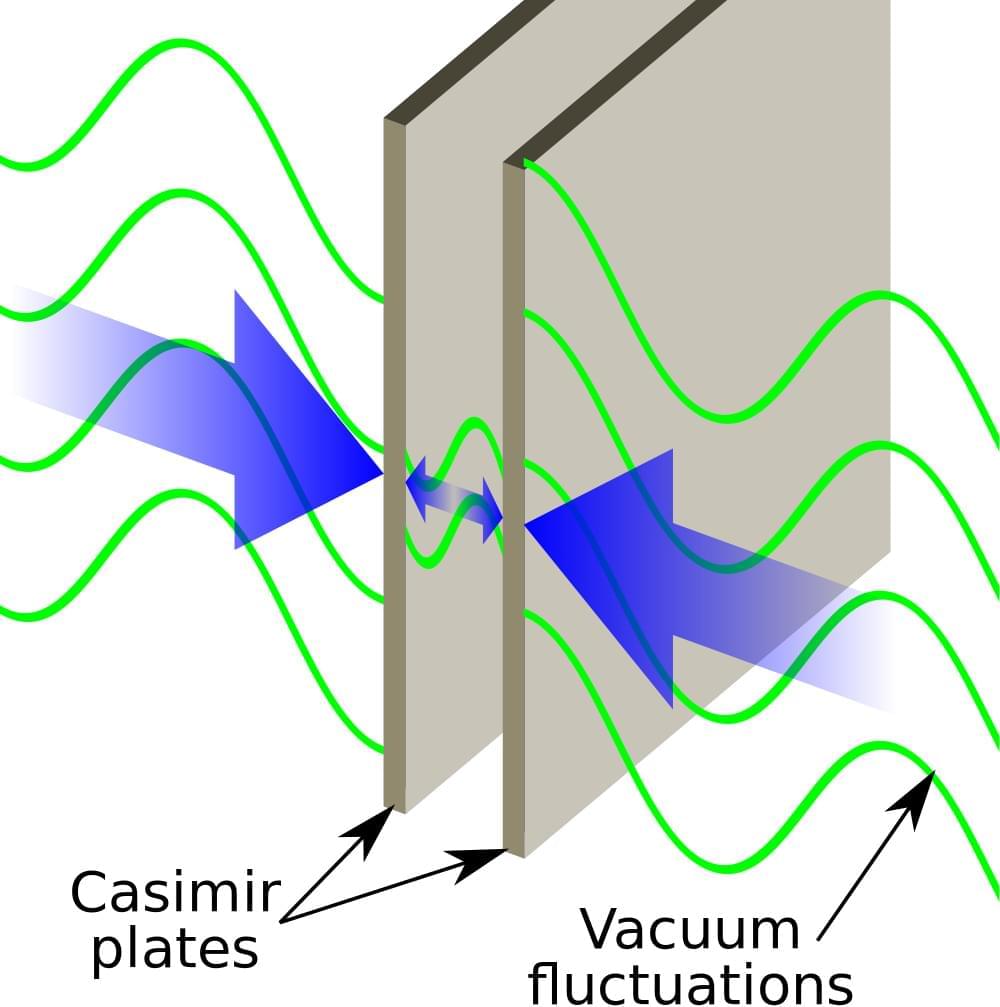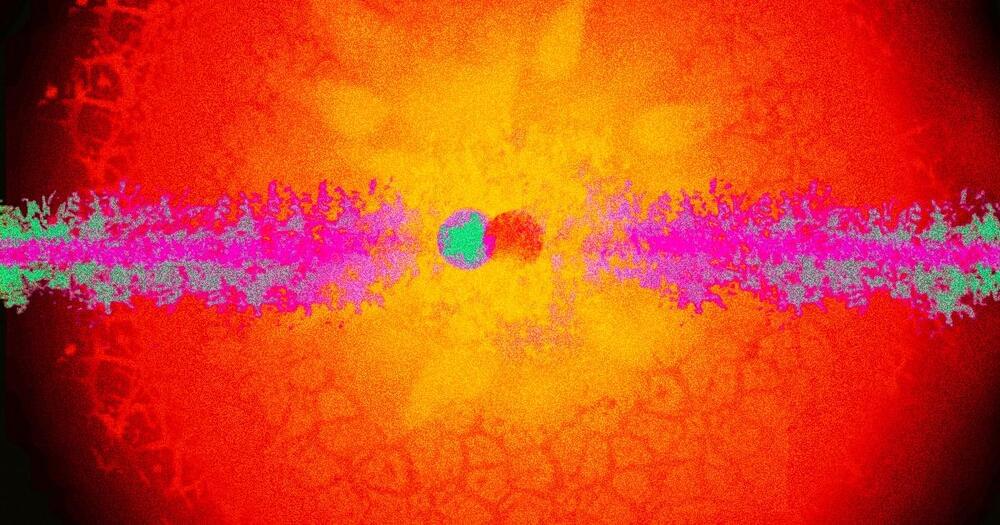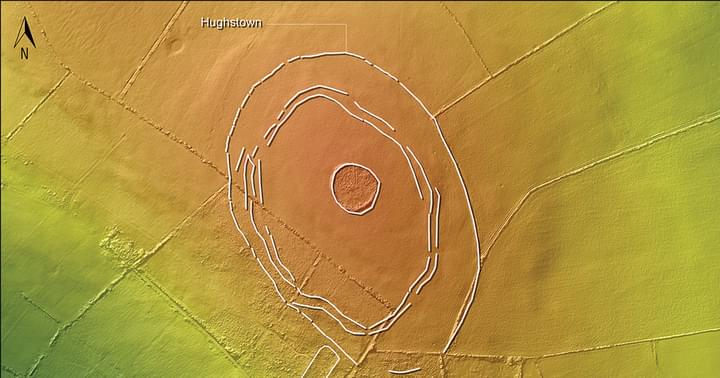Exo Iris delivers high-performance imaging that fits in your pocket. Powered by advanced silicon technology and artificial intelligence that wraps into a wider ecosystem, Exo Iris represents a new age for ultrasound.
Page 959
Apr 30, 2024
Scientists construct sophisticated synthetic system using self-replicating nanostructures
Posted by Genevieve Klien in categories: biotech/medical, nanotechnology
A research team led by the late Professor Liang Haojun from the Hefei National Laboratory for Physical Sciences at the Microscale of University of Science and Technology of China (USTC) has developed a facile enthalpy-mediated strategy to precisely control the replication and catalytic assembly of DNA-functionalized colloids in a time-dependent manner, facilitating the creation of large-scale ordered nanomaterials. The study was published in Angewandte Chemie International Edition.
The replication of information is a fundamental characteristic of nature, with nucleic acids playing a crucial role in biological systems. However, creating synthetic systems that can produce large-scale, three-dimensionally ordered nanomaterials using self-replicating nanostructures has remained a formidable challenge.
Existing artificial self-replicating systems often fall short in programmable assembly into sophisticated nanostructures, limiting their potential functions and applications.
Apr 30, 2024
Do Magnetic Monopoles Exist?
Posted by Dan Breeden in categories: information science, particle physics, quantum physics
The elegant equations of classical electromagnetism written by James Clark Maxwell in 1861 display a remarkable symmetry between electric and magnetic fields except for their sources. We know about electric charges but we have not found magnetic charges. Bar magnets are dipoles with two poles, north and south, for the magnetic field, resembling the configuration of an electric field sourced by a pair of positive and negative electric charges. However, we had never seen experimental evidence for a magnetic monopole, namely a magnetic charge with only one magnetic pole, a net north or south, from where magnetic field lines emanate, just like the electric field sourced by an electric charge. In a symmetric theory of electromagnetism, magnetic monopoles should exist.
The existence of monopoles with a net magnetic charge was proposed by Paul Dirac in 1931 to explain the quantized (discrete) values of electric charges. Dirac found that magnetic charges should be an integer multiple of a fundamental unit, g_D, equal to the electron charge, e, divided by twice the fine-structure constant, or about 68.5e.
In classical physics, the existence of magnetic monopoles restores symmetry to Maxwell’s equations. But in the broader context of quantum mechanics, Gerard ‘t Hooft and Alexander Polyakov showed in 1974 that magnetic monopoles are required in Grand Unified Theories of the strong, weak and electromagnetic interactions. Since the electric charge is quantized, magnetic charges are unavoidable in these theories. Magnetic charges with the lowest mass must be stable because magnetic charge is conserved and they cannot decay into lower-mass particles.
Apr 30, 2024
The Brain Doesn’t Create Consciousness — It Constrains It
Posted by Dan Breeden in category: neuroscience
Apr 30, 2024
The Casimir effect may not come from vacuum energy
Posted by Dan Breeden in categories: quantum physics, robotics/AI
Recently I saw a post on twitter claiming that AI could be powered with quantum vacuum energy. The post was accompanied by a figure from a paper published in Nature. Unfortunately for the poster, but fortunately for science, the paper had nothing to do with extracting energy from the vacuum. Rather, it was a description of an experimental realization of a transistor that uses the Casimir effect to mediate and amplify energy transfer across a new kind of transistor.
Apr 30, 2024
MIT Claims Superconducting Breakthrough Means Fusion Power Can Be Practical
Posted by Kelvin Dafiaghor in categories: energy, innovation
The report features six studies that thoroughly examined MIT’s superconducting magnets design used in its breakthrough fusion test.
Apr 30, 2024
Archeologists Say They’ve Found Ancient Underground “Pathways for the Dead”
Posted by Kelvin Dafiaghor in category: futurism
An archaeologists has been able to find forgotten structures hidden in Ireland that were probably used as pathways for the dead.
Apr 30, 2024
You are what you eat: Paris Olympic athletes offered meat-free menus
Posted by Robert Bosnjak in categories: food, sustainability
Using Olympics for pushing food agenda, I wonder how that food will influence sport results?
With 60% of the food served to the public being meat-free and 80% sourced locally, the Paris Olympic Games are setting a new standard for environmental sustainability.
Apr 30, 2024
Meaningless fillers enable complex thinking in large language models
Posted by Dan Kummer in categories: mathematics, robotics/AI
1/ Researchers have found that AI models can solve complex tasks like “3SUM” by using simple dots like “…” instead of sentences.
Researchers have found that specifically trained LLMs can solve complex problems just as well using dots like “…” instead of full sentences. This could make it harder to control what’s happening in these models.
The researchers trained Llama language models to solve a difficult math problem called “3SUM”, where the model has to find three numbers that add up to zero.
Continue reading “Meaningless fillers enable complex thinking in large language models” »

